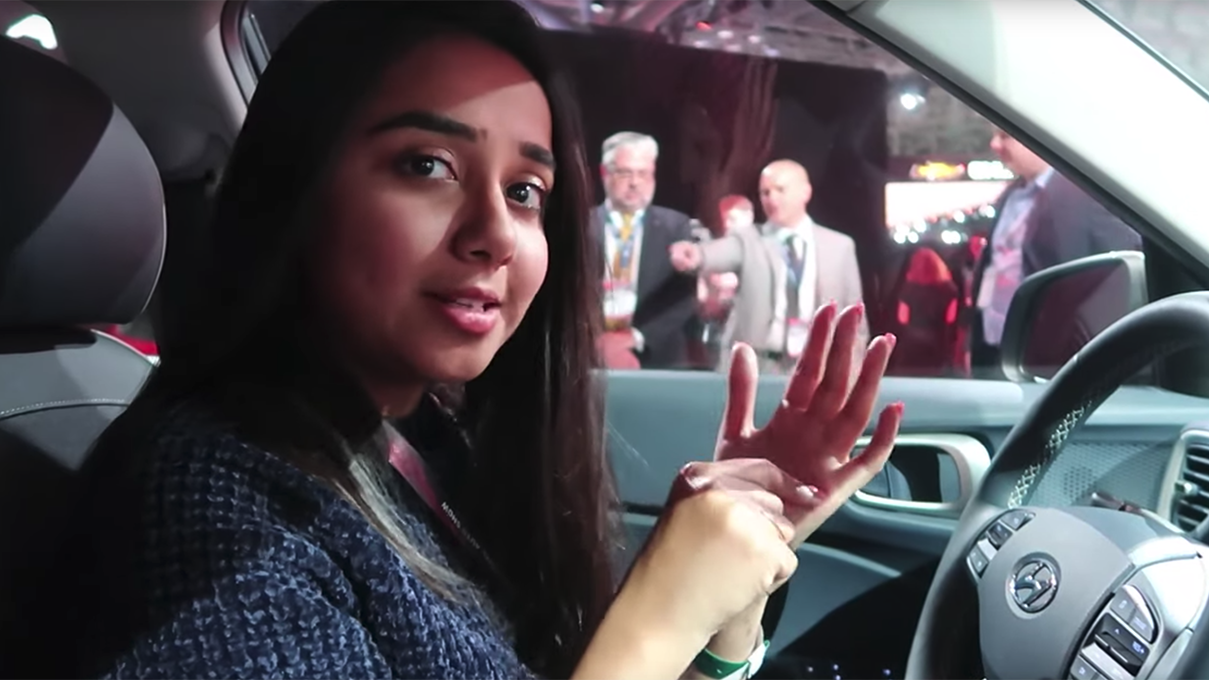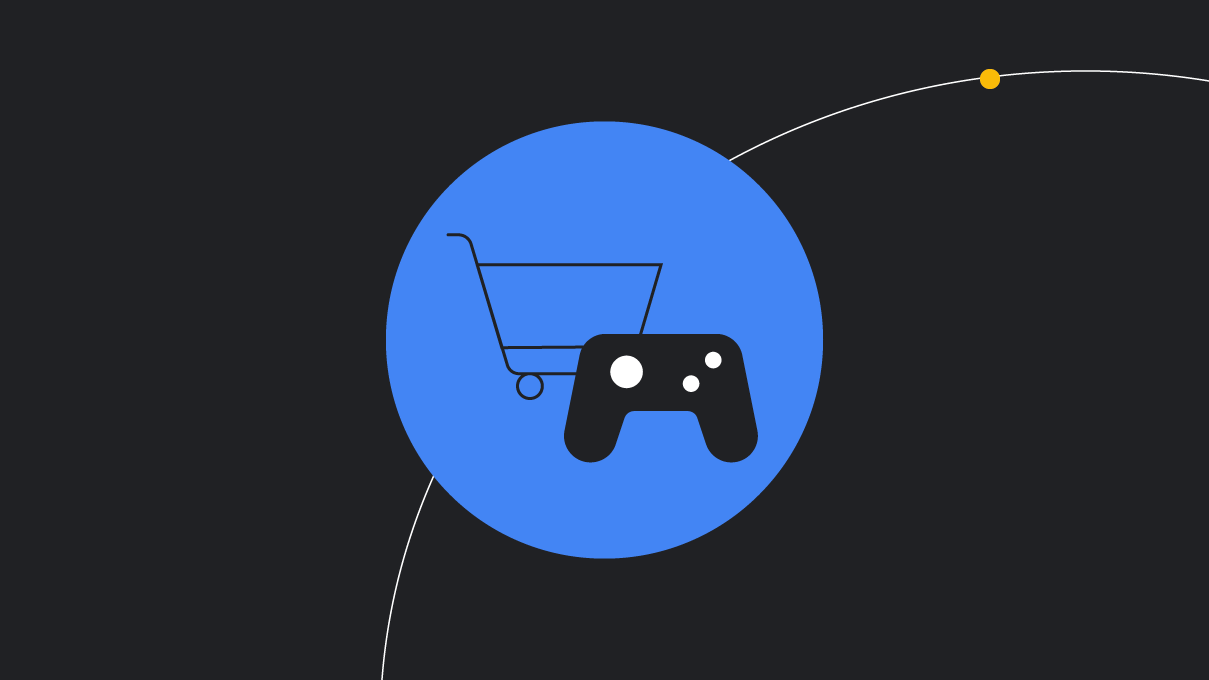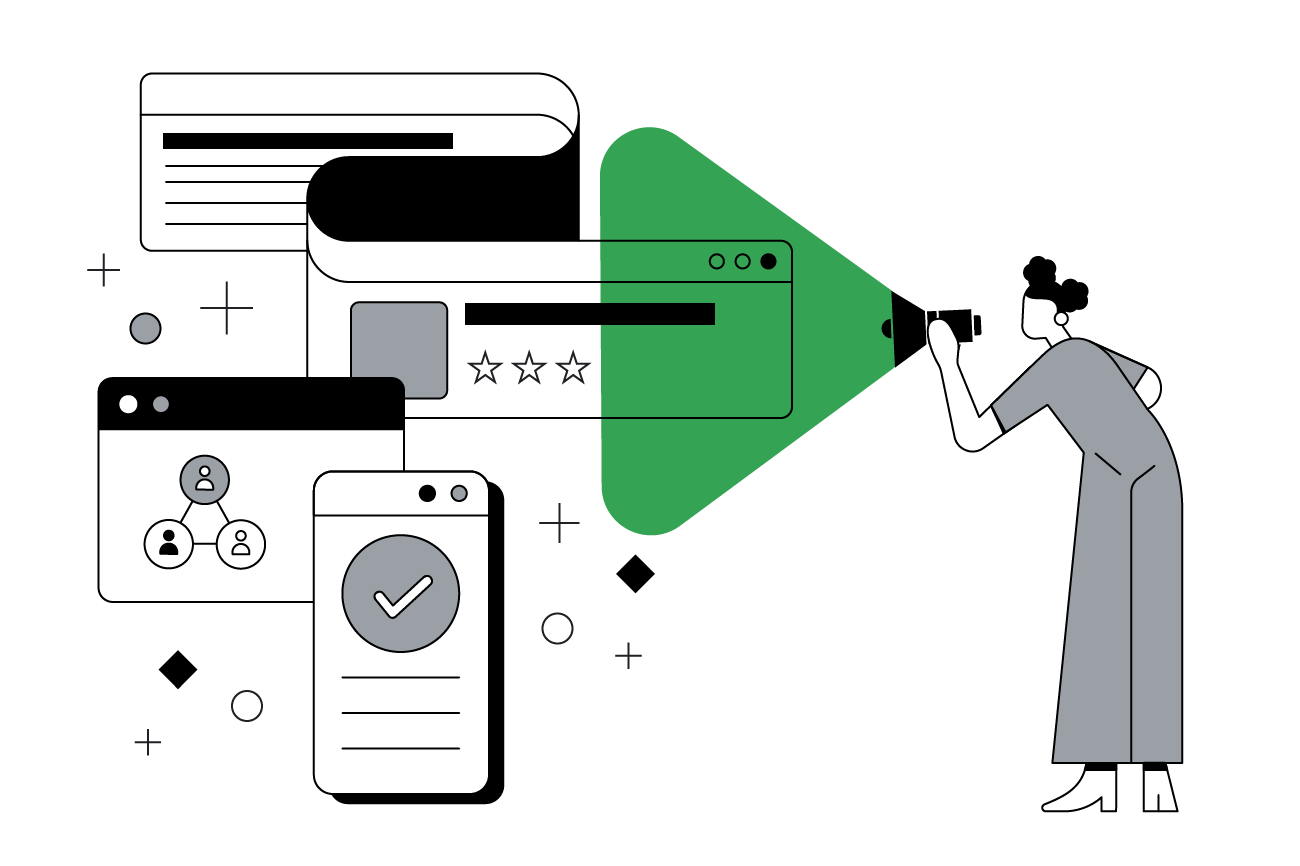We recently conducted a comprehensive qualitative study to unpack the similarities and differences between early and new internet users in India. After hearing from consumers and experts, we identified seven ways digital is shaping cultural and consumer behavior across the country. We found that early and new internet users across India have their own unique behaviors while also sharing overlapping habits.
There are now over 500 million active internet users in India. Affordable smartphones and data packages have propelled digital beyond big cities, empowering both urban and rural users who can now access the internet to achieve their goals and aspirations.
To learn more about the next wave of digitization and what it means for marketers, we spoke to more than 300 consumers and experts of different ages and circumstances, splitting respondents into two sets of people: early internet users who are English-speaking, mostly city dwellers who have been online for a while, and new internet users who are non-English-speaking Indians living in smaller towns and have come online in the last 12 months.
We gained key insights into the similarities and differences between the two sets of users and have identified seven behavioral trends we believe will be crucial to understanding the Indian internet user of the future.
1. Proud to be desi
While early internet users in India once saw the internet as a window to idolize global personalities, they now use it to admire the growing number of Indians on the world stage. “I am a big fan of Priyanka Chopra. It’s amazing how she moved from Bollywood to Hollywood and made a name for herself,” said Ritika, a 22-year-old college student from Delhi. “I've watched all the seasons of ‘Quantico,’ and watching it makes me very proud.”
“People don’t look up to hero figures as much as they used to because there is a strong belief that they, as individuals, can be looked up to as well,” said Vikas Gupta, head of customer, marketing, and digital business for Flipkart. “Digitization has only made this trend stronger.”
“There is an increasing degree of confidence that we are seeing from new internet users.”
New internet users don’t feel the need to reflect, copy, or appropriate the behavior of early internet users. “I think once upon a time the aspiration or the belief was that one can only be successful when one moves to the big city,” said John Thangaraj, national planning director at FCB Ulka. “At a mass level, that still is the case, but I think there is an increasing degree of confidence that we are seeing from new internet users. People have realized that they don’t have to behave like someone else [and want] to be authentic.”
2. Speak my bhasha, respect my identity
Although many early internet adopters were urbanized, English-speaking Indians, increasing accessibility to local vernacular content online means Indians are gaining a new sense of pride and connection to their native languages.
They are proud to speak their regional dialect and encourage their children to be bilingual. “The shame about my local language has completely gone,” said Akash Banerjee, a political satirist and social media entrepreneur. “There is a certain pride in the fact that I know this [my local] language. I don’t see any aspirational value [in speaking English anymore]. I don’t see it in digital.”
Just 16% of users would choose to watch a video in English over their native language. So content creators are adapting. “We’ve slowly and steadily made our content 80% Hindi and 20% English instead of 80% English and 20% Hindi. That suddenly changed everything. More people began watching and engaging with our content,” said Prajakta Koli, a YouTube creator.
3. Balancing WE and ME
Desiring more space and time to themselves, India’s early internet users were putting their personal and professional needs over the needs of their families. But this left them feeling disconnected.1 Today, one of the top four reasons Indians watch online video is to connect and bond with people.
Our studies show that while people have enjoyed the discovery of their personal space through their personal screens, they still value community and don’t want to ignore their families. “While we are becoming individualistic [as a society], when we come together, whether it’s dinner or going out on holiday, we do so far more strongly and meaningfully than we did ever before,” said Manish Makhijani, global CMI director (PDC) at Unilever. And we’re seeing this being increasingly reflected online. For example, Chhaya, a respondent from Mumbai, connects with her mother-in-law by making online videos of them singing, dancing, and cooking together.
4. Never too late to learn
Early internet users have always had a strong desire to learn, and the advent of the internet has made learning informal, flexible, and entertaining for adults in their free time.
New internet users have the same ambitions — and the internet is fueling their desire to learn. Recently, India has seen a 2.5X increase in the average number of weekly queries for “teach online” as well as a 75% year-over-year increase in weekly search interest for “learn online.”2 From everyday learning to advanced skill sets, e-learning has been clocking hundreds of millions of views every day over the past couple of years and will likely continue into the future.3
"When you give people access to the internet in India, don't underestimate their desire to learn something new,” said Sapna Chadha, senior marketing director at Google India. “Four in five consumers come to YouTube to learn something new, and this universal desire to learn and advance is not unique to just certain segments.”4
This has also given rise to a more casual form of interest-based learning where the line between entertainment and education is blurred. For example, Kanak, a 44-year-old woman from Varanasi, enjoys watching online videos to learn how to plant her garden. “There are so many videos of how to grow plants well. They play some nice music, and in five steps, they show you how to weed a plant. It’s really fun to watch!”
And this might only be the beginning of non-formal education and training online.
“I think the opportunity to educate through entertainment will become even larger,” said Madhukar Sabnavis, country head of discovery and planning at Ogilvy.
5. Watch her go! Independent everyday
The internet has broadened horizons for women across India, giving them unprecedented access to information while empowering them to be independent and explore new possibilities they never had before. “I think the access has unlocked confidence,” said Rashi Goel, head of marketing and consumer communications at Nestle. “Five years ago, a doctor’s recommendation drove our [nutrition] business, but now 78% of infant cereal purchases are done by moms doing their own research. They’ve stopped depending on the doctor."
Our study shows that Indian women with early access to the internet are prioritizing their professional careers, renting their own apartments, and traveling on their own. “My parents could not comprehend the idea of a single girl living alone when her family is in the same city,” said Chitali, a 34-year-old from Mumbai. “But I needed my space, my freedom, and my own home.”
Newer internet users are taking smaller steps toward everyday independence, like watching online videos to educate themselves or using food delivery apps to order groceries. Aarti, 58, from Madurai, who came to Mumbai to help her son set up his home, has found the internet liberating. “I feel more independent today than I did in 50 years of my life.”
6. Entertainment — for me, by me
More than half of India’s online video viewers watch to de-stress, enjoy, and fill time. These users escape by watching movies and TV shows on streaming platforms or consuming short, snackable videos online. More than 85% of consumers watch YouTube to relax and unwind.5 These videos are consumed throughout the day, an online escape from the regular stresses and boredom. “[We’ve] had generations of boredom,” says Manish Makhijani, global CMI director (PDC) at Unilever. “We’re so hungry for the entertainment that’s coming now. ”
For new users, entertainment was their gateway to the internet. “Our lives have become so crazy; after a long day, I want to sit down and watch content that is simple and fun,” said Koli.
7. 100% authentic
For years, early internet adopters have presented carefully curated online personas, but there’s increasing pressure to share more authentic versions of themselves online. Today, all kinds of early internet users — from celebrities to CMOs — are learning to navigate this new challenge. “It's important to define who you are, and present yourself in an authentic manner. Anytime you are not authentic, people will call you out. In today's connected world, it is difficult to be anything but the 'real you',” explains Gupta. Thangaraj elaborates further, “Every consumer has access to other consumers’ points of view, their opinions, and their reviews.”
On the other hand, new internet users have presented more authentic online personas from the very beginning. “A lot of content that we have right now has to be more relatable,” said Koli. “Relatable is the way to go. I feel like it’s the only way you can crack it — if there is a formula, it has to be relatability.”
India’s new and early internet users arrived online at very different points in India’s digital journey. Yet, with increased connectivity reaching even the most remote parts of the country, we will likely see many more overlaps in online identity, use, and behavior, as new users find ways to make the internet their own.
Contributors: Shilpa Surtani, Research Project Manager
Methodology
We interviewed more than 300 male and female consumers aged 10 to 60 years, focusing on different life stages, including tweens and teens, youth and young working adults, married with and without kids, middle-aged, and seniors/silvers. Interviews were conducted across seven zones/regions/centers: Mumbai, Delhi, Madurai, Jabalpur, Bangalore, Kolkata, and Varanasi Town; typologies: urban, peri-urban, rural. We also conducted in depth interviews with 10 experts, including advertising/agency leads, marketing/CMI heads of FMCG and retail, and content creators/producers.








